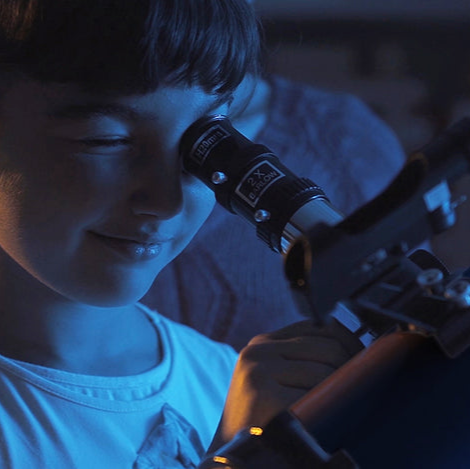Solar eclipses are captivating celestial events that offer a unique opportunity to witness the grandeur of our solar system. They have intrigued and mesmerized humanity for centuries, and with the upcoming annular solar eclipse on October 14th, we have a chance to embark on exciting eclipse science adventures suitable for all ages. Dr. Daniel Barth has curated a compilation of eclipse observation and documentation activities, placing a strong emphasis on safety and education to make this experience enriching and safe for everyone.
Emphasizing Safety in Solar Eclipse Observation
Before delving into the exciting activities, it's crucial to stress the significance of safety during solar eclipse observation. Looking directly at the Sun can cause serious harm to the eyes, so using proper methods of observation is imperative. Dr. Daniel Barth advocates the use of solar projection, approved solar filters, or solar glasses to ensure secure and enjoyable eclipse viewing for all participants.
Activity 1. Timing the Eclipse
The first activity encourages observers to document and time the phases of the annular solar eclipse on October 14th. Safety is paramount, and participants are guided to use solar projection, approved filters, or solar glasses for observing the eclipse securely. The goal is to document the eclipse's progression, and various sub-activities such as taking a solar selfie, capturing eclipse photos, making eclipse records, and using multiple observation methods are detailed to provide a comprehensive eclipse documentation experience.
Activity 2. Observing the Solar Eclipse with Binoculars
This activity guides participants in using binoculars to safely observe the solar eclipse. Emphasizing safety, it discourages direct viewing of the Sun and instead promotes projecting the eclipse's image onto a surface using binoculars. This method ensures a group or class can view the eclipse simultaneously in a secure manner. The step-by-step instructions provided highlight the importance of caution, practice, and protective measures while outdoors during the event.
Activity 3. Make an Eclipse Flip Book
Safety remains a top priority in this creative activity where participants create an Eclipse Flip Book to animate the eclipse. The method involves projecting the solar image onto an index card and tracing the dark portion where the Moon covers the Sun every 10 minutes during the eclipse. By following the outlined steps, individuals can craft an engaging flip book that provides a dynamic representation of the eclipse's progress.
Activity 4. Make an Eclipse Simulator
In this educational activity, participants create an Eclipse Simulator, further emphasizing safety during solar eclipse observation. The steps guide individuals to sketch the solar disk and trace the path of the Moon using a coin or bottle cap, culminating in a simulation of the eclipse. This simulator enables a safer and educational eclipse experience, allowing individuals to comprehend and visualize the eclipse's path.
Educational Engagement and Resource Accessibility
These eclipse observation and documentation activities not only promote safe viewing but also encourage educational engagement. They align with academic standards, providing opportunities to earn lab points and ensuring applicability both at home and in educational settings. To enhance understanding and preparation for the eclipse, video resources are made available, offering a comprehensive and immersive learning experience.
As we anticipate the annular solar eclipse on October 14th, let's engage in these captivating eclipse science adventures, prioritizing safety and education while exploring the wonders of our universe. Happy observing and documenting!
Note: Always exercise caution and prioritize safety when observing solar eclipses. Use approved filters, solar glasses, or solar projection methods to protect your eyes from harmful exposure to the Sun.
















Leave a comment
All comments are moderated before being published.
This site is protected by hCaptcha and the hCaptcha Privacy Policy and Terms of Service apply.